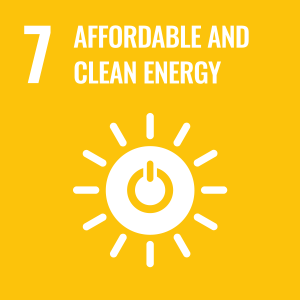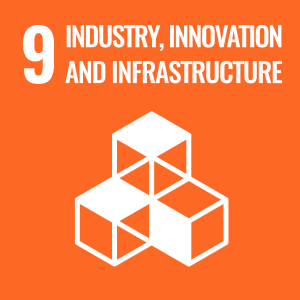Surrey engineers develop 'cosmic veil' next-gen space solar panels
A new 'cosmic veil' developed by engineers at the University of Surrey could help perovskite solar cells survive in space, opening a new gateway to lighter, cheaper and more efficient solar power for satellites and spacecraft.

Perovskite solar cells are a next-generation lightweight, low-cost solar technology that can be made more easily and last longer than traditional panels – but they are still vulnerable to damage in the harsh conditions of space.
Working with partners at Oxford University, the University of New South Wales in Australia, and institutions across South Korea – including Chungbuk National University, Gyeongsang National University and KRICT – researchers from Surrey's Advanced Technology Institute have created a thin protective coating using propane-1,3-diammonium iodide (PDAI₂).
The study has been published in the journal Joule.
To test the coating's effect, the team exposed treated and untreated versions to high levels of proton radiation – simulating more than 20 years of exposure in low-Earth orbit. The treated cells held up far better. They lost significantly less efficiency and showed fewer signs of internal damage, thanks to the protective layer stopping harmful chemical reactions before they could take hold. PDAI₂ works by stabilising unstable molecules, preventing them from reacting and turning into gases like ammonia or hydrogen, which would otherwise escape and weaken the cell.
###
Notes to editors
- Dr Jae Sung Yun is available for interview; please contact mediarelations@surrey.ac.uk to arrange.
- The full paper can be found here.
Related sustainable development goals


Featured Academics
Media Contacts
External Communications and PR team
Phone: +44 (0)1483 684380 / 688914 / 684378
Email: mediarelations@surrey.ac.uk
Out of hours: +44 (0)7773 479911

